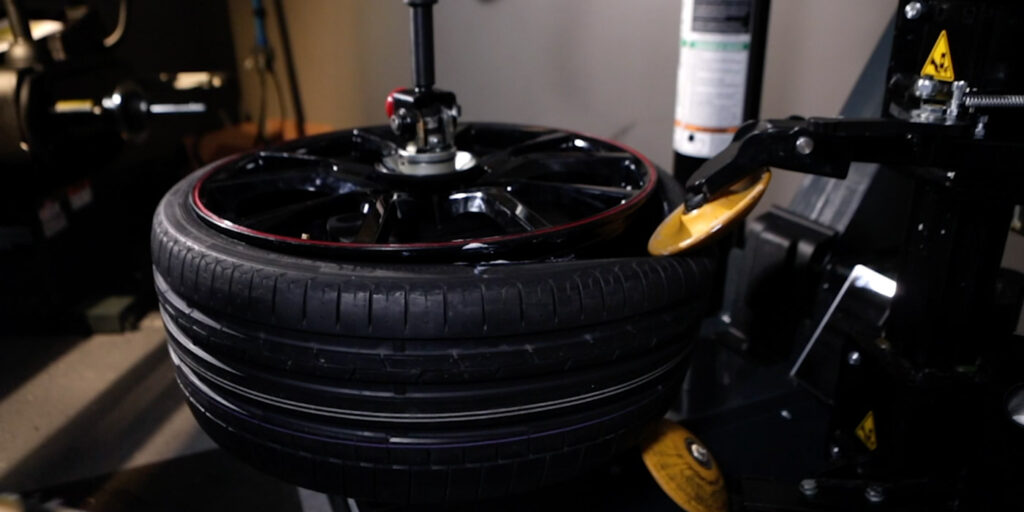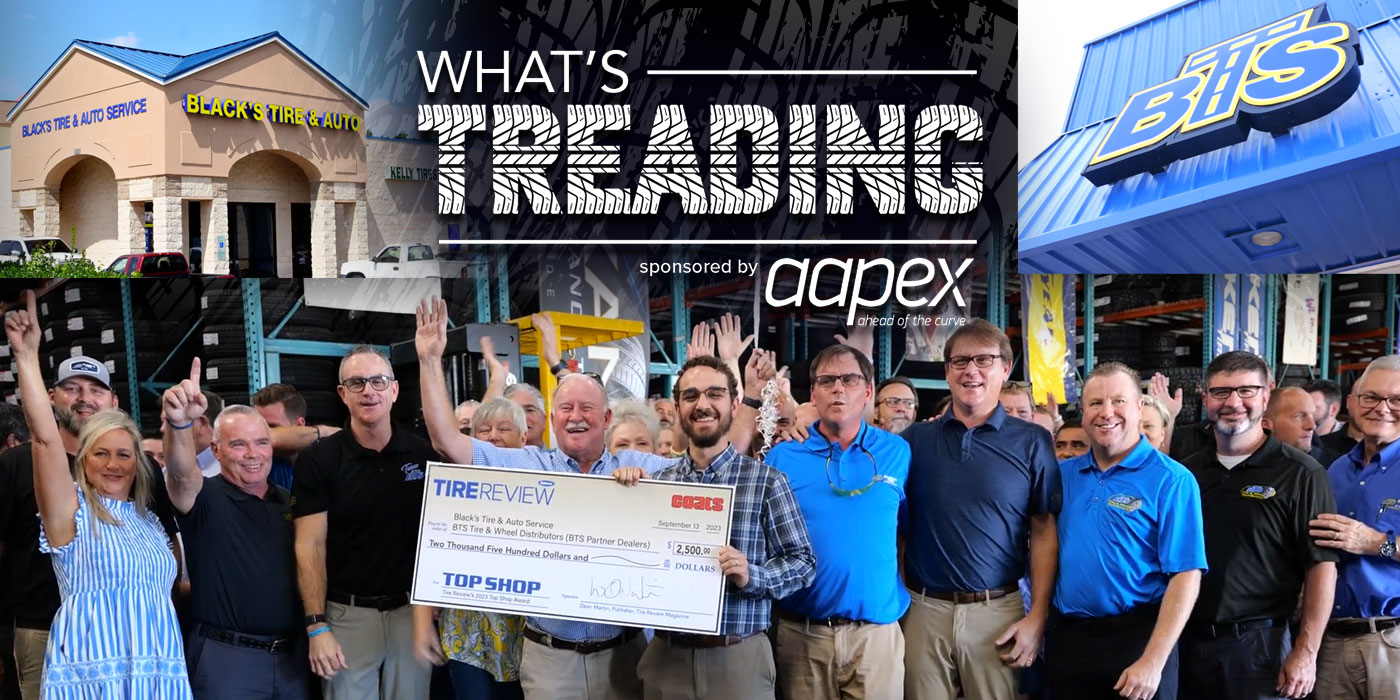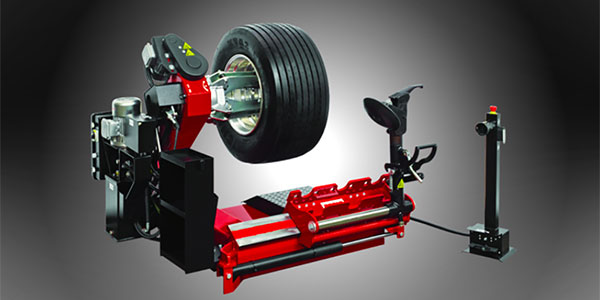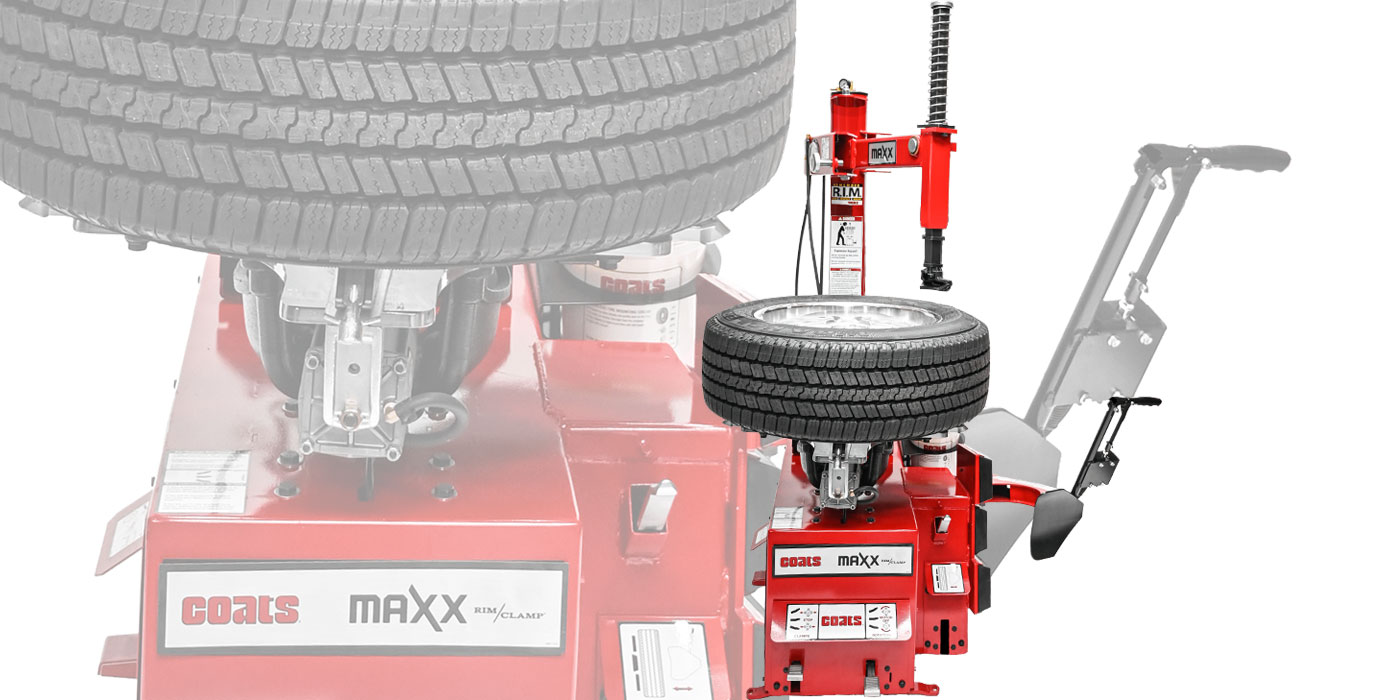Aesthetics reign supreme when a customer comes in wanting custom wheels. They’re after a look like no other vehicle on the road, and they’re willing to invest a pretty penny to stand out.
When it comes to doing the work, though, these custom creations are in the hands of the tire dealership. First, your service manager is responsible for advising the customer on fit and style. Then, your tire technician is tasked with getting the job done. Sound simple?
It’s never that easy. This one-two punch of tire service doesn’t come without proper experience, skill and know-how on behalf of your employees. Next time a custom wheel-seeking customer walks into your shop, follow these cardinal rules for servicing custom wheel assemblies.
Tire Installation
There are several design elements to consider when mounting a tire onto any wheel. Location of the drop center, of course, is critical. If the drop center is closer to the back of the wheel, it is considered a “reverse drop center.” These wheels must be changed upside down.
Wheels with a very deep drop center will require pressing devices to push the tire much deeper into the drop center of the wheel.
Some wheels have a drop center with a very shallow drop angle, which requires great care. Even trained technicians often assume a tire is in the drop center when mounting the top bead, when, in fact, it is not all the way inside the drop center. Assuming this could damage the tire and potentially the wheel, since the machine could pull the duckhead into the wheel. Using plenty of tire paste and watching the tire “curl” evenly into the drop center can ensure the tire is all the way in. If in doubt, always mount slowly and deliberately to prevent damage.
In addition, wheels with raised spokes also require more attention to detail to prevent damage. Mount/demount heads must be adjusted properly to avoid rubbing on the spokes.
Using the Proper Tools
When installing tires on a fresh set of custom wheels, make sure you have the following tools and new consumables for the tire machine. These will help ensure the wheel is protected during the mounting process.
- Plastic inserts for leverless-head tire changers
- Poly-duckheads for levered machines
- Plastic jaw protectors for rim-clamp tire changers
- Rubber pedestal protectors for pedestal-style machines
- Plastic protectors for shovel-style bead looseners, which can be very useful when breaking tough beads
- A bucket of fresh (not dried up) paste-style bead lubricant with a clean paste applicator brush
- A proper tire lever for standard levered machines
- Any clamping or rolling accessories appropriate for the tire machine model
In addition, inspect the mount/demount head on the tire changer for cracks, damage or excessive wear, and adjust the swing arm diameter and depth as part of your pre-inspection checklist.
Outside the Garage
At the time of purchase, advise customers on what kind of finish their wheels have and how to care for them. Oftentimes, the tires outfitted on custom wheel assemblies are made of softer compounds that offer higher levels of traction and cornering grip, which means they may wear more quickly. Let customers know about this early on so they aren’t surprised or disappointed when they need to come back for a new set.
Finding the Right Fit
A conversation with the customer is key when they walk up to your counter asking to “up” their wheel game.
If a customer wants a larger wheel diameter, then tire sidewall height will likely need to shrink. If selecting wider combinations, availability of space within the wheel well, fender and clearance of suspension components will need to be considered.
In addition, ask your customers how they plan to use their vehicle. Varying levels of offset will have different impacts on steering sharpness and handling. Wheel width and material choice may also affect traction and interfere with fenders, braking or suspension components, especially if the vehicle’s ride height is altered.
Heavier assemblies can also degrade handling and possibly decrease fuel efficiency.














